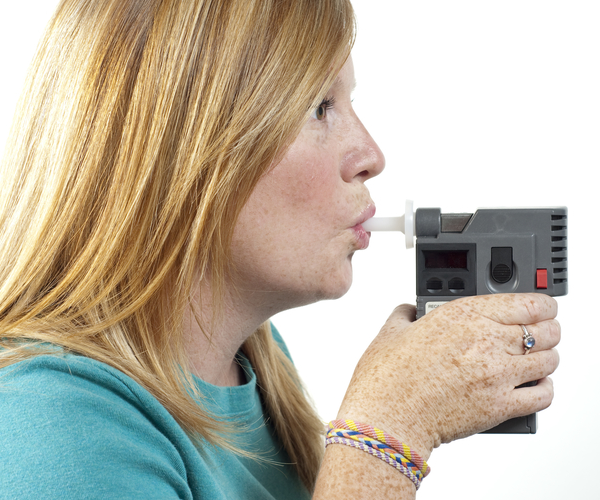Breathalyzer Could Replace “Finger Stick” for Glucose Monitoring
 By:
By:  Tags: blood sugar monitoring diabetic foot ulcer Foot Clinic California glucose monitoring
Tags: blood sugar monitoring diabetic foot ulcer Foot Clinic California glucose monitoring For decades, breathalyzers have been used to detect alcohol blood content in drunk driving cases. Now, researchers from Western New England University have adapted the technology to monitor blood sugar levels in patients with diabetes. About the size of a small book, the new device could eventually replace the traditional finger-stick method as a simple, portable way to monitor glucose levels throughout the day. The device works by evaluating the amount of acetone in exhaled breath. Acetone is a chemical that’s long been used as a supplementary tool for monitoring blood sugar levels in people with type 1 diabetes.
Device Could Increase Compliance
Even though the finger-stick technique has improved significantly in recent years, studies show as many as two-thirds of diabetes patients may not comply with routine blood sugar monitoring due to the discomfort associated with repeatedly sticking the sensitive fingertips. Regular monitoring is essential for helping patient manage their blood sugar levels so they can avoid serious complications like deep infections, limb amputations, kidney damage, blindness and even death. As the first noninvasive device for routine monitoring of glucose levels in both type 1 and type 2 diabetes patients, the breathalyzer device could help raise monitoring compliance by taking the place of the painful finger-sticking technique, the researchers noted.
Early Results Encouraging
During an initial stage 1 clinical study of the device, the team tested the breathalyzer in a small group of 50 patients, including 16 with type 2 diabetes, eight with type 1 disease and 26 controls who did not have diabetes. Study participants were asked to blow into the device, which is designed to take an immediate reading of acetone levels in exhaled breath. Results of this early study showed acetone levels identified and measured by the device bore a clear correlation to blood sugar levels. The researchers did identify one patient in whom the device proved problematic – a smoker whose breath acetone levels were altered as a result of the byproducts of tobacco combustion.
The researchers said they’re encouraged by the results of this initial study and hope to have the device ready for widespread patient use by the end of 2017. They also intend to work on a smaller design which would make the device easier to carry.
Preventing Diabetes Complications
Patients with diabetes are at risk for several serious complications, including severe lower limb infections and amputations. Having routine foot and ankle evaluations is an essential part of avoiding these complications and in identifying problems in their earliest stages when treatment is simplest and most effective.
Dr. Felix Sigal is a top-rated podiatrist in Los Angeles, CA, offering patient-centered, state-of-the-art care for patients at the Foot & Ankle Clinic. As a leading researcher in diabetic foot ulcers, Dr. Sigal actively participates in clinical trials aimed at the diagnosis and treatment of foot ulcers, enabling patients to have access to the most innovative approaches to care as soon as they become available. If you have diabetes, call the Foot & Ankle Clinic at (213) 365-0793 and schedule a comprehensive evaluation today.




